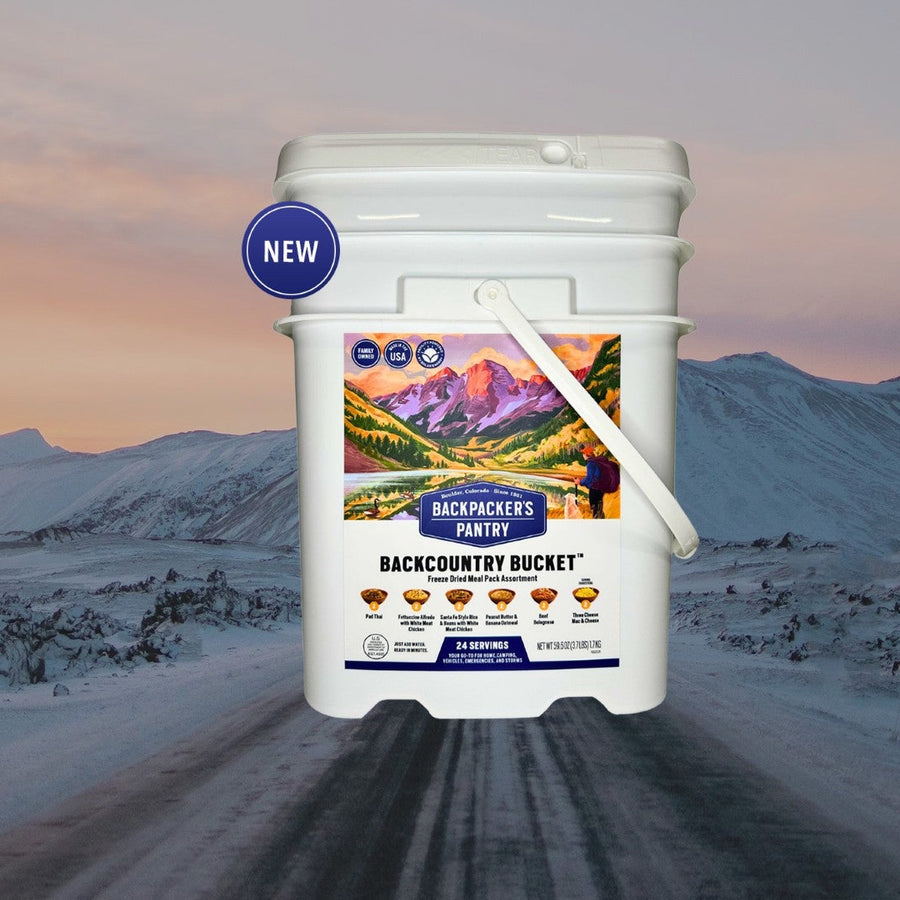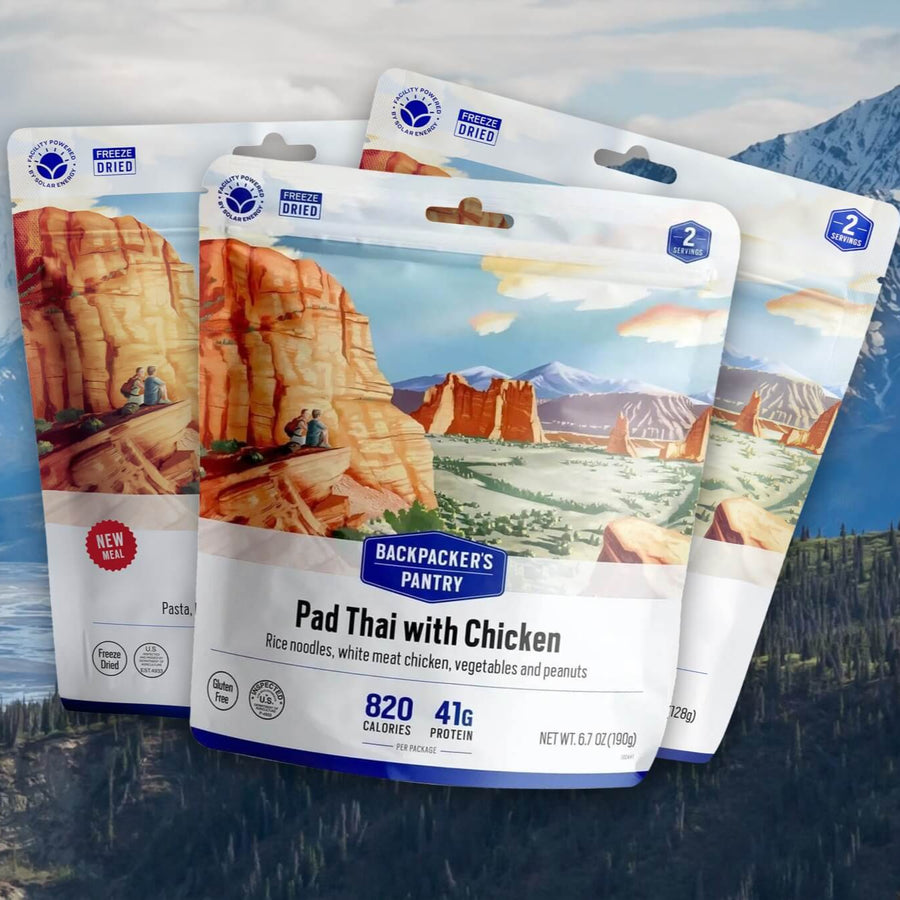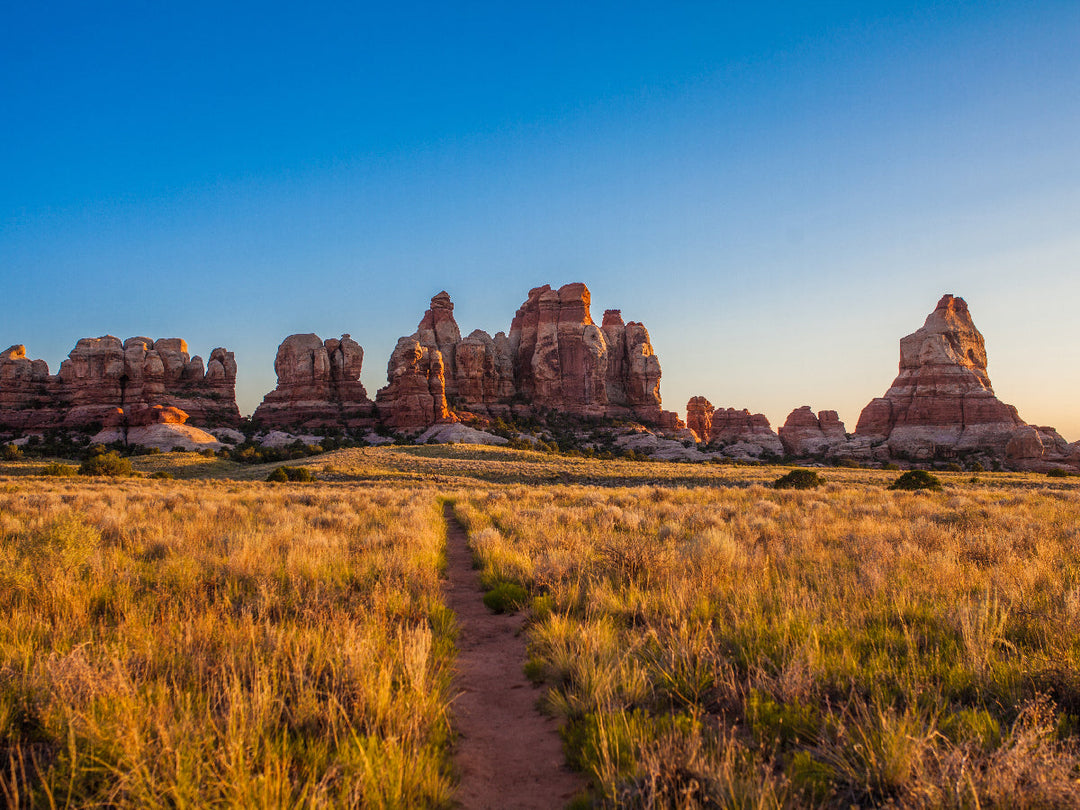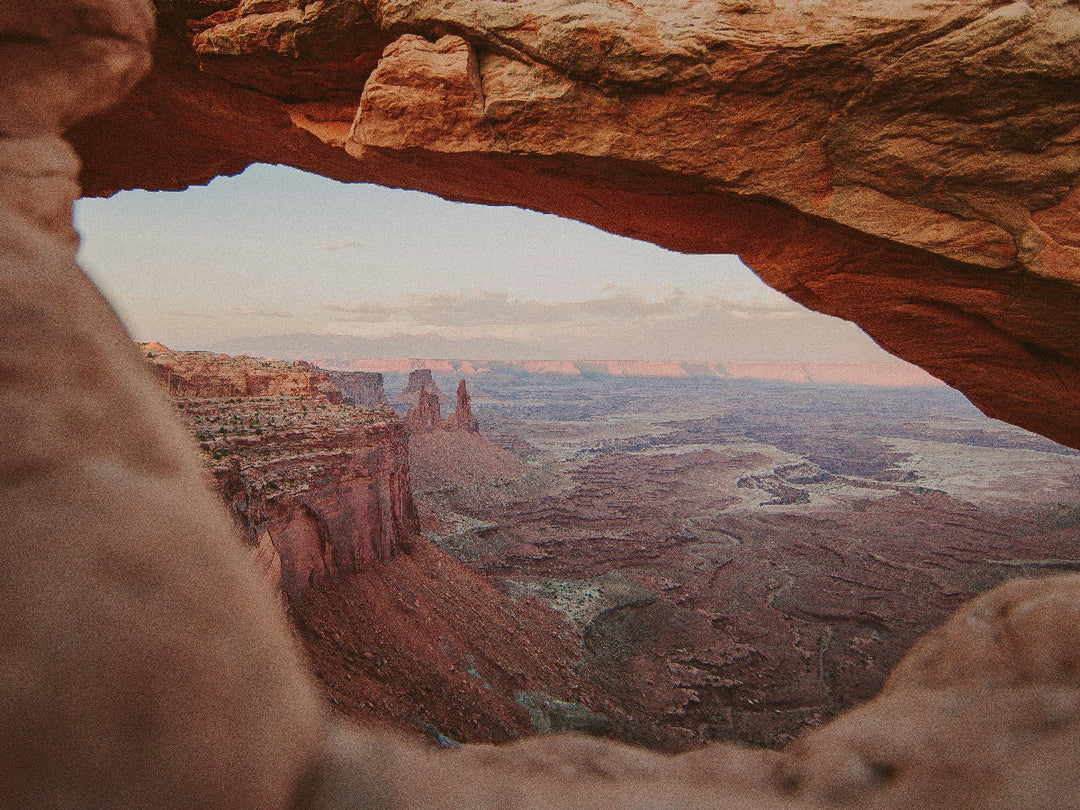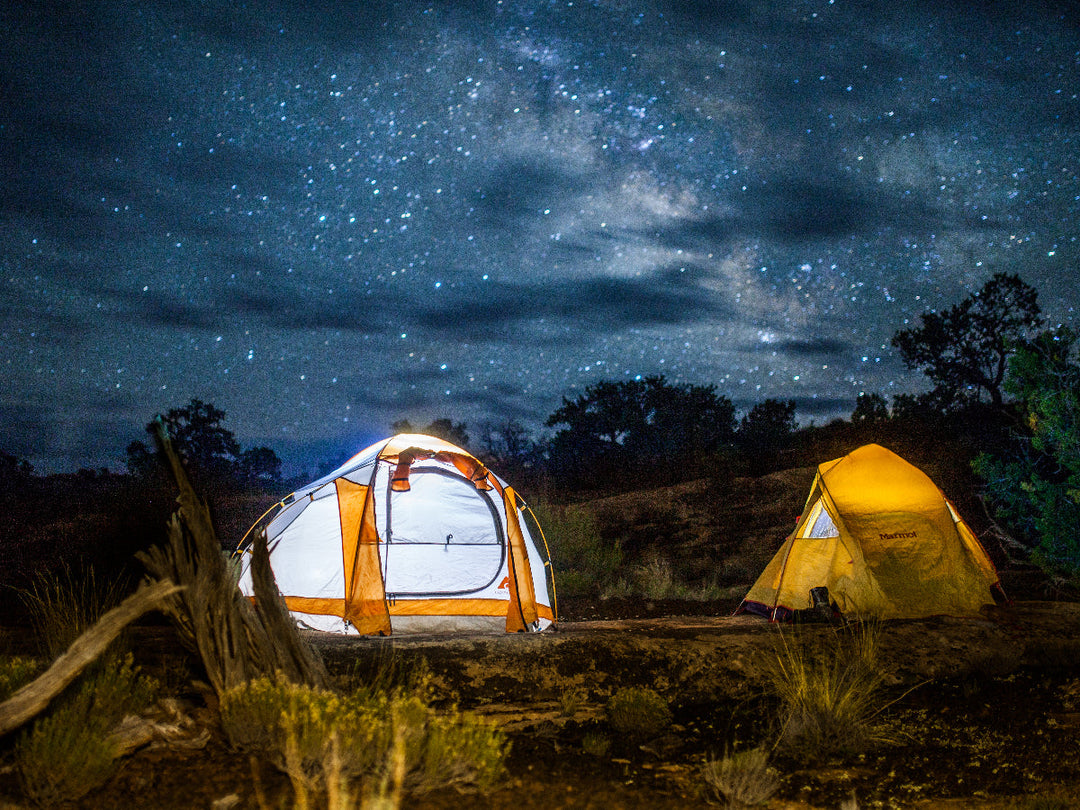The 13 Best Hikes in Canyonlands National Park
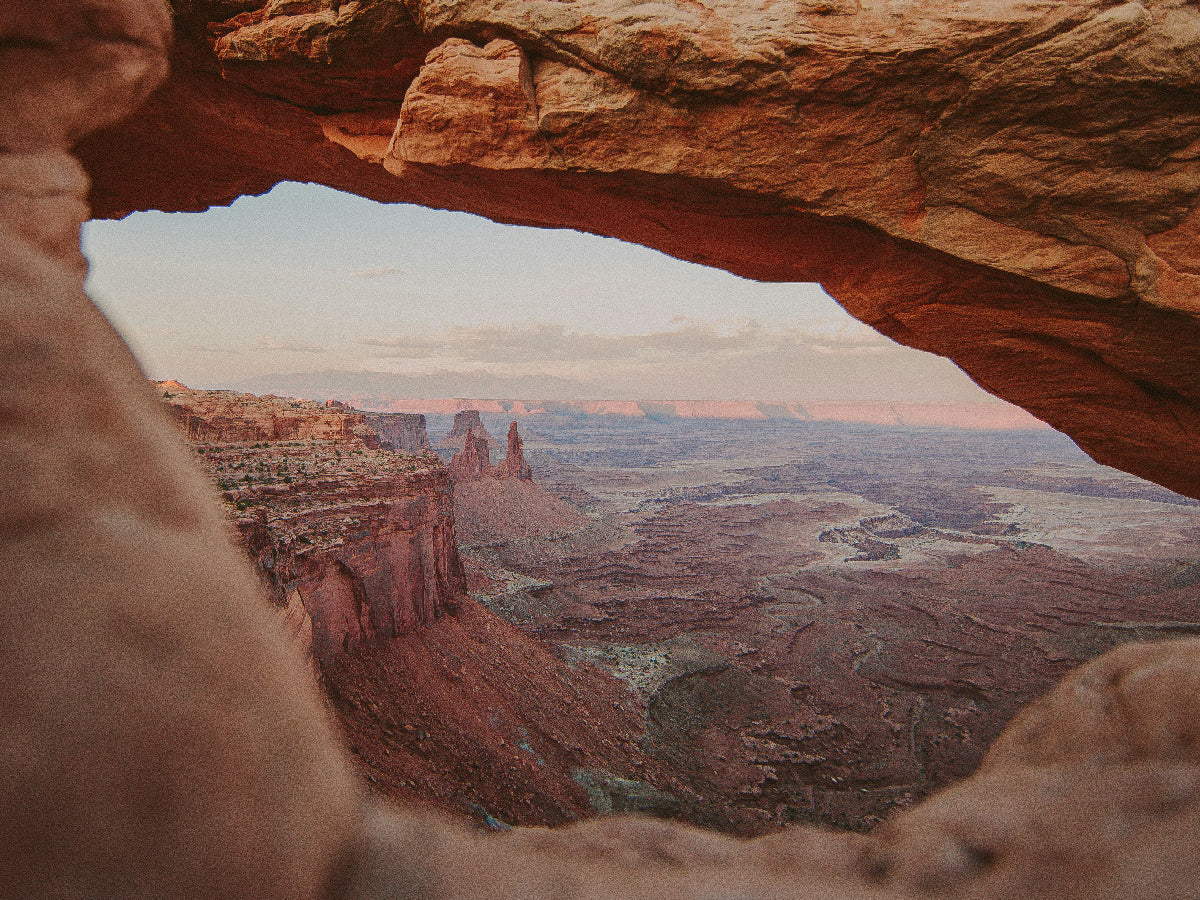
If you like stark desert landscapes, hundreds of miles of trail, and hiking routes for all abilities, Canyonlands National park should be on your short list. From quick walks, to day hikes, to overnight backpacking adventures, this park has something for everyone.
Canyonlands might just have the most unique landscape of any of the National Parks. It’s rugged and beautiful - miles of barren rock, punctuated with vibrant vegetation. And the rock formations here are out of this world. It feels like exploring a far-away planet, complete with stone arches, towers, and canyons. If you’re looking to spark your imagination and explore a unique ecosystem, Canyonlands is the place to visit.
And luckily, the park has the infrastructure needed to access those rugged rocks, with hundreds of miles of hiking trails, and plenty of visitor centers and campsites for all, there’s something for the whole family here.
Best Hikes in Canyonlands, ranked by mileage and difficulty
There are three main hiking zones in Canyonlands: Island in the Sky, the Maze, and the Needles. The park is huge, and it can take several hours to drive between the different areas, so you're best off planning your trip around one or two of them. So we’ll list hikes for every difficulty level in each zone. The one exception to this is that the Needles has no easy hikes, so we don't recommend it for beginners or families with young kids.

Best Easy Hikes in Canyonlands
White Rim Overlook (Island in the Sky Zone)
Description: This short hike in the Island in the Sky zone is a great way to experience one of the best vistas in the park. From the viewpoint you’ll witness the incredible spectacle of the Colorado River, Monument Basin, and La Sal Mountains all laid out below you.
Mileage/Elevation: 1.8 mi / 159’ round-trip
Difficulty (out of 10): 2
Trailhead: White Rim Overlook
Pothole Point (Needles Zone)
Description: This is a great intro hike for kids. It’s short and sweet with interesting features to stop and check out along the way. After a rain, the potholes will hold water, and be surrounded by blooming plants, which gives a great look into the feast-or-famine desert ecosystem.
Mileage/Elevation: .6 mi / 36’ round-trip
Difficulty (out of 10): 1
Trailhead: Pothole Point Trailhead
Best Moderate Hikes in Canyonlands
Lathrop Trail (Island in the Sky Zone)
Description: This hike delivers a nice mix of grasslands and canyon exploration, and it delivers some of the best views of the Colorado River in the park. If you want a quick intro to several of the desert ecosystems this hike is a great crash course.
Mileage/Elevation: 5 mi / 158’ round-trip
Difficulty (out of 10): 3
Trailhead: Lathrop Trailhead

Chesler Park Viewpoint (Needles Zone)
Description: If you’re looking for sandstone spires, this hike delivers. Chesler Park winds through incredible rock towers, and grassy plains. Along the way you’re treated to views of some of the most extraterrestrial-looking terrain in the park.
Mileage/Elevation: 5.8 mi / 344’ round-trip
Difficulty (out of 10): 4
Trailhead: Elephant Hill Trailhead
Horseshoe Canyon (Maze Zone)
Description: Horseshoe Canyon is home to some of the most interesting and important artifacts and markings from ancient peoples in the area. This hike feels like a walk through history as you navigate steep terrain and takin in the incredible rock drawings.
Mileage/Elevation: 7 mi / 780’ round-trip
Difficulty (out of 10): 5
Trailhead: West Rim Trailhead
Best Expert-Level Hikes in Canyonlands National Park
Murphy Loop (Island in the Sky Zone)
Description: This trail drops down through the geological timeline, literally, as you pass layers of rocks from different centuries. It does have some exposure, and heights, and is less challenging if done in a counter-clockwise direction.
Mileage/Elevation: 10.8 mi / 1,448’ round-trip
Difficulty (out of 10): 7
Trailhead: Murphy Trailhead
Druid Arch (Needles Zone)
Description: Druid Arch might just be the most impressive rock formation in the Needles zone, and this trail delivers incredible views of it. The payoff from this hike is hard to overestimate, and will leave visitors with slack jaws and a new appreciation for geology.
Mileage/Elevation: 10.8 mi / 500’ round-trip
Difficulty (out of 10): 6
Trailhead: Chesler Park
Maze Overlook (Maze Zone)
Description: This hike might be short, but it’s very technical. It either requires a rope, or some Class 4 downclimbing to get down into the Maze. But, for the adventurous, this is one of the coolest hikes in the park.
Mileage/Elevation: 2 mi / 1,200’ round-trip
Difficulty (out of 10): 8
Trailhead: Maze Overlook

What to Know Before You Go
Best Time of Year to Visit Canyonlands National Park
While you can hike in Canyonlands year-round, it’s best experienced in the spring and fall. In the summer, the heat in unshaded areas can become untenable, and it’s actually better to hike at night. In the winter, small sections of snow and ice can make usually easy trails very challenging and exposed. So if you’re visiting during the winter, bring microspikes. However, from March through June, and September through November, temperatures are more reasonable in the park.
Thanks to its desert environment, the weather in Canyonlands is relatively predictable, but rain events can bring a risk of flash flooding, so it’s a good idea to stay up to date with the park’s weather forecast as you plan your trip. That’s especially important since many trailheads are accessed via unpaved roads, which can become impassable with moisture.
Hiking Safety & Hazards in Canyonlands
There are three primary hazards to look out for when hiking in Canyonlands: wildlife, weather, and exposure. On the wildlife front, there are several venomous animals in Canyonlands, including rattlesnakes, spiders, and scorpions. None of those creatures are aggressive though, so do your best to leave them alone, and they’ll return the courtesy. Occasionally Black Bears enter the Needles district, so if you’re in that area be aware. Generally, they’re not aggressive and do not pose a threat to humans unless they’re fed or approached.
While we mentioned the possibility of flash flooding earlier, it’s also accompanied by lighting. If a storm rolls in, get to lower ground as quickly as possible, while avoiding any potential waterways. If you see a stream or wash begin to flood do not cross it. What looks like a small, manageable amount of water initially can turn deadly very quickly.
On the opposite end of the spectrum, be very aware of sun exposure and dehydration in the summer. Use sunscreen and carry more water than you think you’ll need. There is very little naturally-occurring water in the park, so plan accordingly.
Finally, exposure. There are lots of cliffs and drop-offs in Canyonlands, and most of the trails have some level of exposure. Always be aware of your fall potential, and do your best to stay away from edges and cliffs.
What to Bring
Packing for a desert hiking trip is always challenging. This environment is prone to big temperature swings, and cold mornings turn into hot afternoons quickly. Follow this guide to packing for a hike, and pay special attention to layering. Bring more insulating layers than you think you’ll need, and always have a sun shirt, hat, and sunglasses ready to go.
Make sure your hiking boots or shoes have grippy soles and good ankle support. The desert terrain is unforgiving. Trekking poles add an extra layer of stability. If you’re visiting during the winter, make sure that you have microspikes and know how to use them. A short section of ice can present a real hazard when it slopes towards a large cliff.
Finally, take care of your body. Bring lots of food and water. Make sure to bring salty food, or electrolyte tablets for your water. Your body will lose lots of salt to sweat, and you want to keep it fueled. Don’t ever count on finding water in the park to drink.
Canyonlands Planning Resources
You’ll need to pay a $30 entrance fee for every vehicle entering the park, unless you take advantage of one of the days when park entry is free. Beyond that though, you don’t have to get any permits or pay any fees for day hikes.
However, when you are planning your hike, be respectful of the landscape. What looks like dead, dry soil is actually an important part of the desert ecosystem. Never hike off trail - you’ll do irreparable damage. Similarly, any travel on top of, or off of arches in the park is fully banned. It’s not just dangerous, it hurts the landscape.
Finally, when you’re planning your trip, remember that many of the hikes in the park are accessed via unpaved roads. Many of these are accessible with a regular car, but some are steep and rutted and require higher clearance vehicles. Make sure your ride is ready to get you to your hike.
More Hikes to Consider
Murphy Point
Description: A cool hike to petrified coral formations
Mileage/Elevation: 3.4 miles, 142’ round-trip
Trailhead: Murphy Point Trailhead
Aztec Butte
Description: A short hike to view prehistoric dwellings
Mileage/Elevation: 1.4 miles, 222’ round-trip
Trailhead: Aztec Butte
Neck Spring
Description: Verdant pockets of green in the desert
Mileage/Elevation: 5.6 miles, 418’ round-trip
Trailhead: Shafer Canyon Overlook
Syncline Loop
Description: Steep and beautiful
Mileage/Elevation: 8.1 miles, 1,516’ round-trip
Trailhead: Syncline Loop Trailhead
Alcove Spring
Description: Cave views
Mileage/Elevation: 11.2 miles, 1,455’ round-trip
Trailhead: Mesa Top Trailhead
